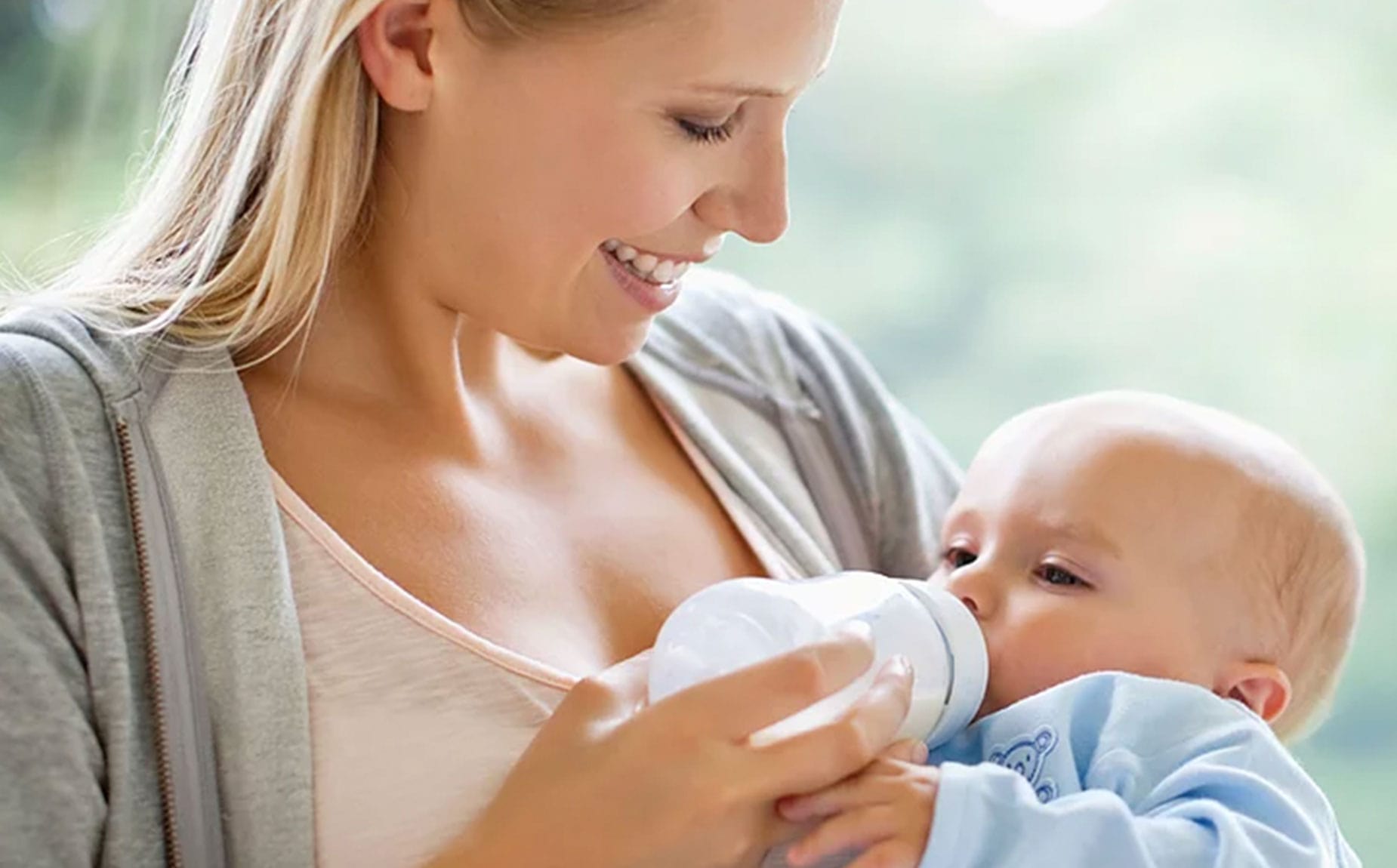He’ll discuss things like:
- Why you had the caesarean in the first place – if there are underlying issues such as the shape of your uterus, if it was an emergency birth or a breech presentation – and will want to investigate whether this is likely to happen again.
- The type of cut you had – different obstetricians use different cuts and, if you had another obstetrician Guy will want to determine if the cut has impacted the uterus and the chances of success for a vaginal birth.
- How your pregnancy is going – if your health and weight are in check, if your baby is in the normal size range, if there have been any complications, or any symptoms similar to anything you felt in your previous pregnancy.
- How you feel about a vaginal birth – and how you felt about your previous experience.
Certainly, if you are planning a vaginal birth, and you go into spontaneous labour, this can strongly influence the success of a vaginal birth.

